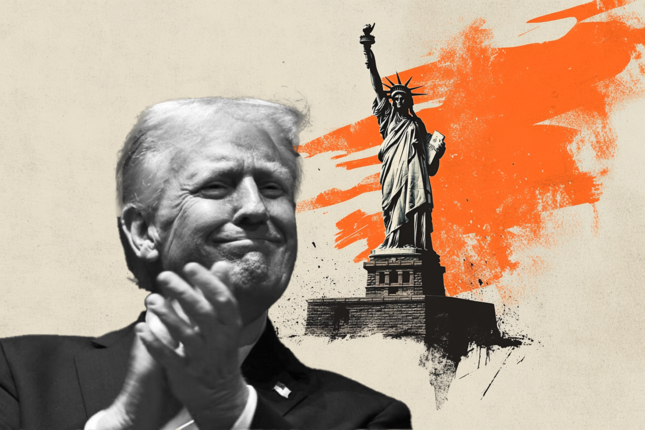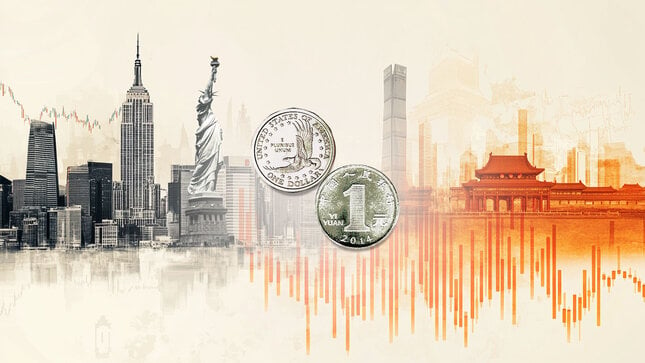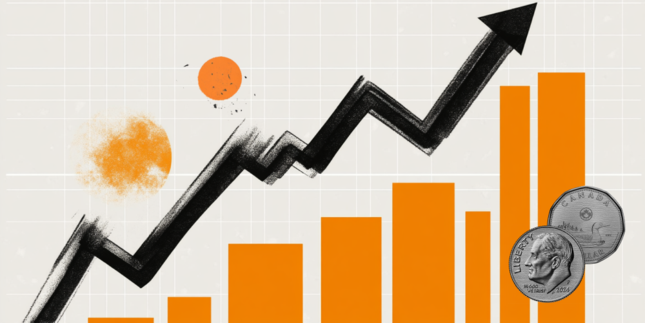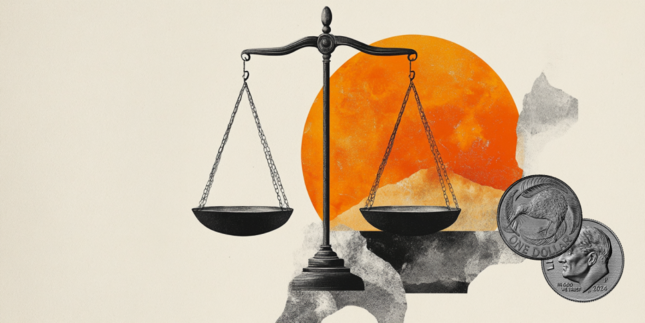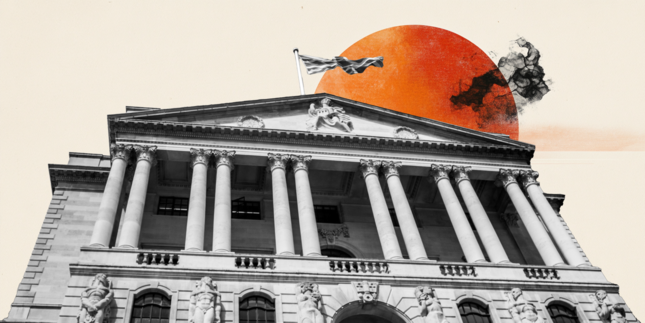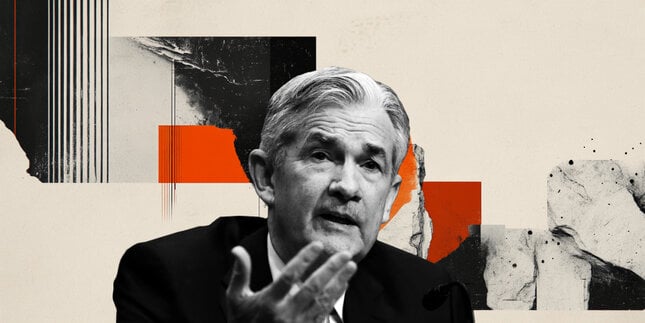GBP/USD appreciates to near 1.3350, rebounds due to potential US-UK trade deal
- GBP/USD strengthens amid speculation that the Trump administration is poised to announce a trade agreement with the United Kingdom.
- The US Dollar could regain traction as the Federal Reserve adopts a more cautious tone on monetary policy.
- Fed Chair Powell emphasized the impact of ongoing policy uncertainty, signaling a more measured approach to future interest rate decisions.
The GBP/USD pair rebounds from its recent losses, trading near 1.3340 during the Asian session on Thursday. The Pound Sterling (GBP) gains traction on speculation that the Trump administration may soon announce a trade agreement with the United Kingdom (UK).
According to “The New York Times”, citing three sources familiar with the matter, US President Donald Trump is expected to unveil the trade deal on Thursday. On Wednesday night, Trump hinted at the announcement in a social media post: “Big News Conference tomorrow at 10:00 A.M., The Oval Office, concerning a MAJOR TRADE DEAL WITH REPRESENTATIVES OF A BIG, AND HIGHLY RESPECTED, COUNTRY. THE FIRST OF MANY!!!”
The GBP/USD pair is also supported by a pullback in the US Dollar (USD), which had gained in the previous session. The US Dollar Index (DXY), measuring the Greenback against a basket of six major currencies, is currently hovering around 99.70.
However, the DXY may regain momentum amid a cautious Federal Reserve (Fed) outlook. On Wednesday, the Fed held interest rates steady at 4.25%–4.50% but flagged rising risks from inflation and unemployment, adding uncertainty to the economic outlook. CME's FedWatch Tool still shows market expectations for a 25-basis-point rate cut in July.
Fed Chair Jerome Powell cautioned that ongoing trade tariffs could hinder the Fed’s inflation and employment goals in 2025. He added that continued policy uncertainty might compel the Fed to adopt a more measured, wait-and-see approach to future rate decisions.
Pound Sterling FAQs
The Pound Sterling (GBP) is the oldest currency in the world (886 AD) and the official currency of the United Kingdom. It is the fourth most traded unit for foreign exchange (FX) in the world, accounting for 12% of all transactions, averaging $630 billion a day, according to 2022 data. Its key trading pairs are GBP/USD, also known as ‘Cable’, which accounts for 11% of FX, GBP/JPY, or the ‘Dragon’ as it is known by traders (3%), and EUR/GBP (2%). The Pound Sterling is issued by the Bank of England (BoE).
The single most important factor influencing the value of the Pound Sterling is monetary policy decided by the Bank of England. The BoE bases its decisions on whether it has achieved its primary goal of “price stability” – a steady inflation rate of around 2%. Its primary tool for achieving this is the adjustment of interest rates. When inflation is too high, the BoE will try to rein it in by raising interest rates, making it more expensive for people and businesses to access credit. This is generally positive for GBP, as higher interest rates make the UK a more attractive place for global investors to park their money. When inflation falls too low it is a sign economic growth is slowing. In this scenario, the BoE will consider lowering interest rates to cheapen credit so businesses will borrow more to invest in growth-generating projects.
Data releases gauge the health of the economy and can impact the value of the Pound Sterling. Indicators such as GDP, Manufacturing and Services PMIs, and employment can all influence the direction of the GBP. A strong economy is good for Sterling. Not only does it attract more foreign investment but it may encourage the BoE to put up interest rates, which will directly strengthen GBP. Otherwise, if economic data is weak, the Pound Sterling is likely to fall.
Another significant data release for the Pound Sterling is the Trade Balance. This indicator measures the difference between what a country earns from its exports and what it spends on imports over a given period. If a country produces highly sought-after exports, its currency will benefit purely from the extra demand created from foreign buyers seeking to purchase these goods. Therefore, a positive net Trade Balance strengthens a currency and vice versa for a negative balance.
Forex News
Keep up with the financial markets, know what's happening and what is affecting the markets with our latest market updates. Analyze market movers, trends and build your trading strategies accordingly.





